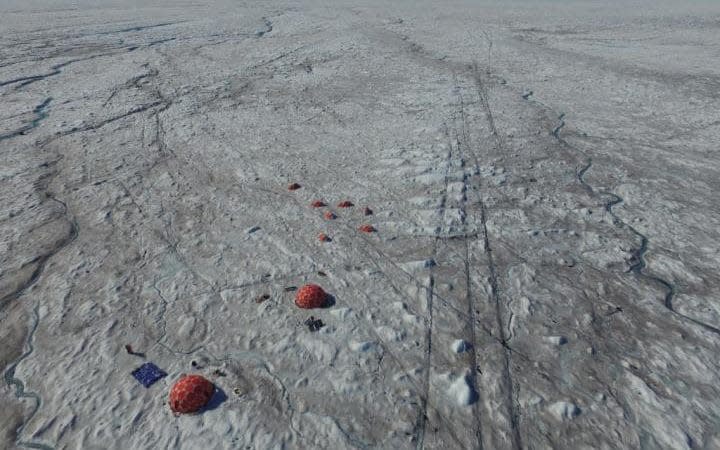World's ice is melting two-thirds faster than in the 1990s

The first ever satellite study of global ice loss found that rates have risen by 65 per cent over 23 years.
The University of Leeds study, published in the journal The Cryosphere, found that melting has accelerated within the past three decades, from 0.8 trillion tons per year in the 1990s to 1.3 trillion tons per year by 2017.
Two-thirds of the melting was caused by a warming atmosphere while the remaining third took place in the oceans.
While the 215,000 glaciers covered by the study, as well as Arctic sea ice, were primarily impacted by rising air temperatures, rising ocean temperatures caused melting in the Antarctic ice sheet. The Greenland ice sheet was affected by a mixture of both.
The melting of ice on land has pushed up global sea levels by 35mm, while the loss of sea ice means more heat is absorbed by the earth rather than being reflected away, accelerating warming in the Arctic.
Lead author Dr Thomas Slater, a research fellow at Leeds' centre for polar observation and modelling, said: "Although every region we studied lost ice, losses from the Antarctic and Greenland ice sheets have accelerated the most.
"The ice sheets are now following the worst-case climate warming scenarios set out by the Intergovernmental Panel on Climate Change. Sea-level rise on this scale will have very serious impacts on coastal communities this century."
A separate study in the journal Nature Communications, also from Leeds University, found that minerals blown onto the Greenland ice sheet fuel faster melting through darkening the surface causing more heat absorption.
Phosphorus blown onto the sheet from local rock outcrops as part of the mineral hydroxylapatite fuels the algae, which has covered a large swathe of the sheet now known as the "Dark Zone".
Co-author Jim McQuaid, of Leeds' school of earth and environment, said: "As dryland areas in northerly latitudes become even drier under climate change, we can expect to see more dust transported and deposited on the Greenland Ice Sheet, further fuelling algal blooms."

